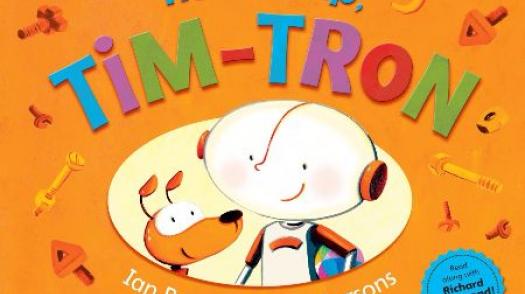
Books on brain injury
Our series of free books and resources aimed at children and families (P&P costs only).
Katie, mum of Addison, shared her story of her daughter’s epilepsy and brain injury when she'd just turned three. Addie is now nearly seven years old – Katies shares an update.
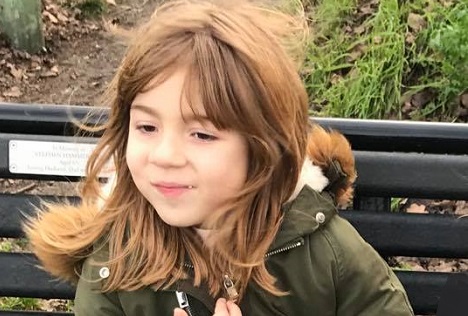
Published: March 2019. Date of brain injury: 2014. Child's age at time of injury: almost 2 years.
A few years ago I wrote a piece about our twin girls Addison and Isabella. Our life changed when Addie suffered seizures and was diagnosed with a rare form of epilepsy just before her second birthday. This was called hemiconvulsion-hemiplegia-epilepsy syndrome.
Addie suffered a brain injury and following hospital she had rehabilitation at The Children’s Trust (arriving in August 2014). Slowly we watched our child mastering lost skills, such as holding a cup with both hands, walking and increasing her levels of concentration.
We watched Addie’s sister Isabella (Izzy), reassure her and help her gain confidence. Their strong bond encouraged Addie.
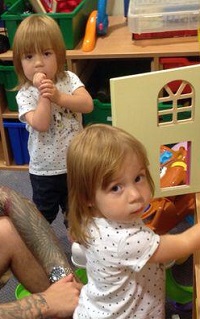
After leaving The Children’s Trust Addie’s seizures returned. Her epilepsy was proving drug-resistant and difficult to control. It was hard not knowing when the next seizure would happen.
We found out about The Daisy Garland charity and applied for a grant for an epilepsy monitor. We were over the moon to receive this monitor in the hope that the sleepless nights monitoring Addie may become less frequent.
Addie received therapy in the community and loved sensory play, occupational therapy and physio.
Her favourite way to spend her time was hydrotherapy. Being in the pool was something Addie loved, and we knew it helped her, so it was wonderful when our community in Lowestoft got together and started fundraising.
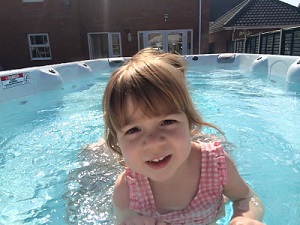
Within a number of months we would be the proud owners of a hydrotherapy pool (a swim spa) in our garden where Addie’s hydrotherapy could become more frequent.
Addie’s brain injury showed us how amazing and kind people could be. The swim spa was like our own DIY SOS project!
Physio would also see Addie making more progress. She received a foot splint to help her walking.
Work to improve her upper and lower limbs continued and we discovered painting her fingernails with a bright yellow polish was one thing that could get her hands moving.
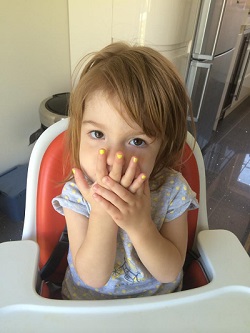
In 2015 I joined a local parent and child group that we went to every week. Some weeks were hard and I would drive home in tears but as the weeks went on I realised things were improving.
Day after day Addie defied the odds and displayed unimaginable strength, independence, and intelligence.
Addie's speech improved. She learned to turn-take. She’d sit for longer periods of time. Tantrums were becoming less frequent, and angry assaults turned into tender embraces.
Certain traits of my little girl, pre-brain injury, were given back to me, piece by piece, week after week. Being a part of the group also taught me strength, perseverance and patience.
Two years after Addie’s brain injury (April 2016) her seizures were still unexpected and at times the frequency would increase.
Our beautiful Addie the Conqueror continued to show her determination. She was fitted for ambulatory electroencephalography (AEEG) monitoring, which was a relatively new technology that allows prolonged electroencephalographic (EEG) recording in the home. This could continuously record for up to 72 hours thereby increasing the chance of recording Addie’s seizure activity.
Getting to the bottom of these seizures was never going to be quick – it is something we are still doing today.
Although Addie’s seizures would return, and new medications would be tried or increased, she always loved spending time on her hobbies and with her twin sister Izzy.
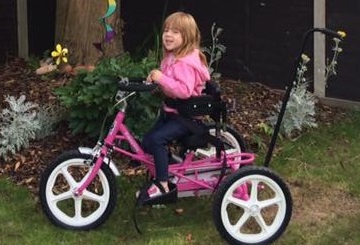
We put our efforts into fundraising, as did our community, and it was life-changing when Addie received a trike that allowed her to cycle alongside Izzy.
Spending time in the pool continued to be one of Addie’s favourite things to do. We could also see the difference in Addie’s muscle tone when she spent more time in the hydro pool.
In September 2016 Addie started school and we were very proud when she learnt to write her name just a couple of months later.
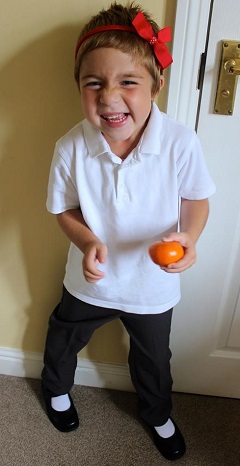
At the start of 2017 Addie had a botox operation. It sounded funny telling friends – but Botulinum Toxin would help reduce the stiffness of her muscles, improve her range and function, and more importantly, lessen the pain and discomfort which affected Addie on a daily basis.
As the year progressed, Addie was experiencing debilitating fits on a daily basis and unfortunately, her anti-epileptic drugs weren’t controlling seizure activity.
Addie's neurologist arranged for her to be admitted to Addenbrookes for video telemetry. Addie was connected to equipment which simultaneously measures any electrical brain activity and videos her. She was monitored day and night for three days.
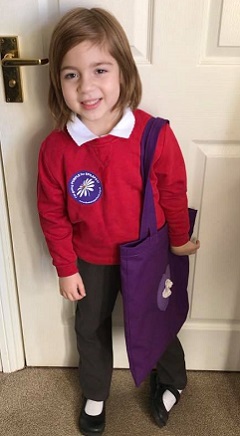
We were desperately hoping that the video telemetry may enable Addie's consultant to give us a more accurate diagnosis about the nature of her attacks. The equipment allows neurophysiologists to see the seizure activity in the brain while having visual evidence of what was happening to Addie at the time.
Ironically Addie had no seizures during this monitoring, so we did not gain answers. In the lead up to the telemetry Addie had been having up to three to 10 seizures a day.
Next Addie would try a new drug.
Addie missed a lot of school in her first year. It was lovely when she finished her first year of school with her twin Izzy but we knew she would have to repeat her Reception school year.
Many people believe that because Addie ‘looks OK’, she will get better in time. Unfortunately, she won’t; the brain damage has left her hemiplegic with a weakened right hand side. She has spent many hours drowsy from the drugs or at medical appointments and tests.
Addie’s epilepsy has been uncontrolled for many years. Living with drug resistant focal epilepsy has been challenging and many of the drugs have caused the most adverse side effects. Some have made her aggressive, some have made her scream, some have knocked her out and some have actually increased her seizures. The one thing they all have in common however, is their failure to eliminate her seizures. They can take away her infectious personality within minutes but they can’t stop the epileptic activity which continues to dominate her childhood.
Another challenge has been Addie’s education. After repeating her Reception year we looked for a school that would focus on her needs for September 2018. Unfortunately problems with getting an EHCP prevented this.
Addie’s (mainstream) school worked so hard at helping us get her EHCP but this didn’t happen even with Addie’s acquired brain injury, hemiplegia, uncontrolled Epilepsy, dystonia, behavioural problems and developmental delay.
At the start of 2019 the EHCP still wasn’t finalised even with Addie’s complex, challenging and changing needs. I have found that along with my fundraising skills I have now become a campaigner! This year I have been on the Radio Suffolk a couple of times speaking for children with special educational needs who deserve an education too.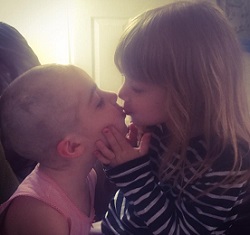
In terms of school Addie has literally just received her EHCP and has been offered a place at a specialist school in our home town starting in September – we are over the moon.
As we approach Purple Day March 2019 Addie has just this month been at Great Ormond Street Hospital for more video telemetry. Typically she experiences seizures every six days. It could be that surgery may be a possible option but this is still under discussion.
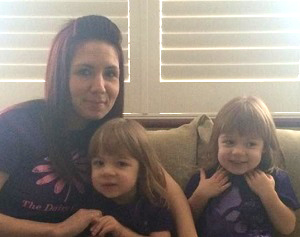
Each year we have spread awareness on Purple Day and this year is no different. I hope we help parents by sharing our story. Addie has plenty of fight in her coupled with dogged determination and never lets her disability prevent her from fun and progress.
Addie is an absolute warrior and we’re so proud of her strength and resilience. It’s pretty ironic how a six-year-old can teach you so much about perspective at such a tender age.
Read part 1 of Addie’s Real Story. You can also follow Team Addie on Facebook.

Our series of free books and resources aimed at children and families (P&P costs only).
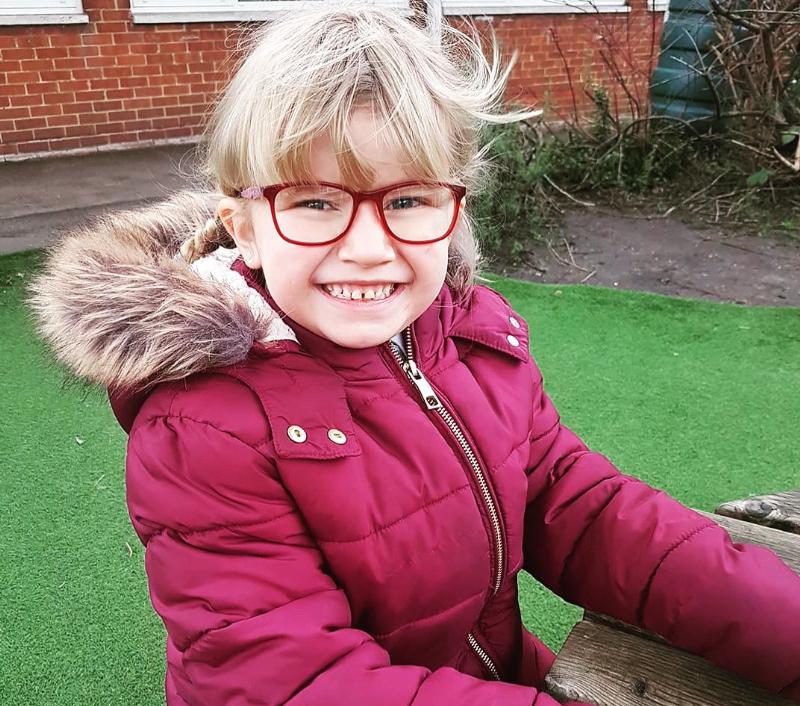
The Children's Trust Community Rehabilitation Service provides specialist goal-orientated neurorehabilitation delivered in the child's environment. Our ultimate goal is to maximise the child's participation in everyday life.
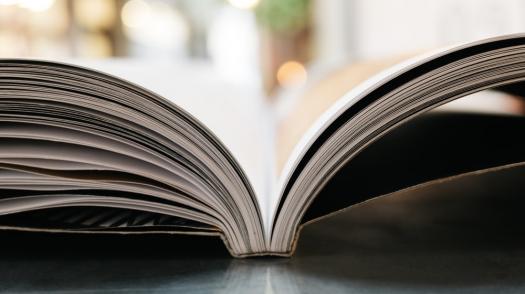
This section talks about a child’s return home, either from hospital or a specialist centre.